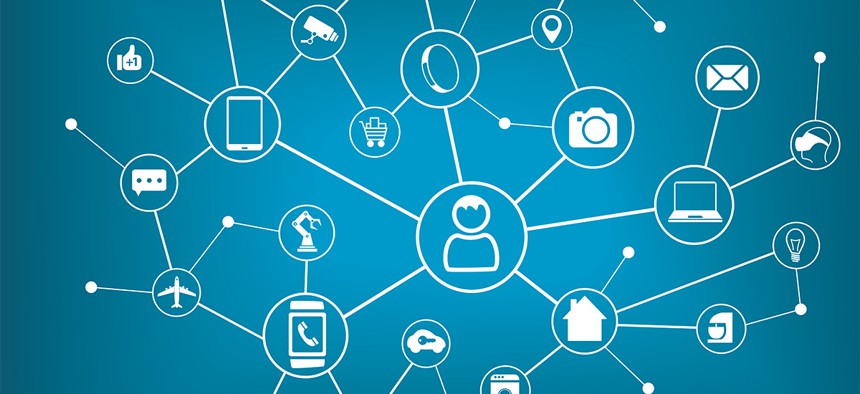Tomorrow’s Internet of Things Will Rely on Today’s Aging Networks – and That’s a Problem

a-image/Shutterstock.com
U.S. Chief Information Officer Tony Scott said government-owned networks have had a hard time keeping up with the rapid pace of change in technology.
Each day, the Internet-connected world of devices, machines and people produces more data than the last. Experts expect this Internet of Things to consist of some 50 billion objects by 2020.
But just as Americans are dealing with an underfunded and, often, crumbling physical infrastructure, there's a possibility tomorrow’s Internet and broadband users will experience similar problems online.
Speaking last week in Washington, U.S. Chief Information Officer Tony Scott said government-owned networks have had a hard time keeping up with the rapid pace of change in technology, citing fiscal challenges and outdated acquisition policies.
Thomas Kalil, deputy director for policy for the White House Office of Science and Technology Policy, pointed to another hurdle: Geography.
The United States is a large country with unique geographic features and long distances between large cities. This, he said, is why broadband Internet is much faster in countries like South Korea and Japan.
“Do I wish we had network speeds South Korea has? Absolutely. But there’s a reason why leading IT companies are (in the U.S.) as opposed to Europe or Asian,” Kalil said. “Innovation happens here first.”
However, innovation might go elsewhere if the proper investment isn’t made in the country’s underlying digital infrastructure, according to Christine Heckart, chief marketing officer of Brocade.
“We won’t be tops in digital if we don’t directly invest in our infrastructure better,” Heckart said.
James Cicconi, senior executive vice president at AT&T, said the telecommunications giant is planning for a growth of around 10 times their current traffic load within five years.
“And we’re building accordingly,” Cicconi added.
Overall, there are reasons to be excited about the Internet of Things era, but reasons also to better prepare. Today’s digital infrastructure should be thought of in the same vein as highways and bridges built decades ago: Without the proper investment and upkeep, they won’t handle tomorrow’s load.
(Image via a-image/Shutterstock.com)



